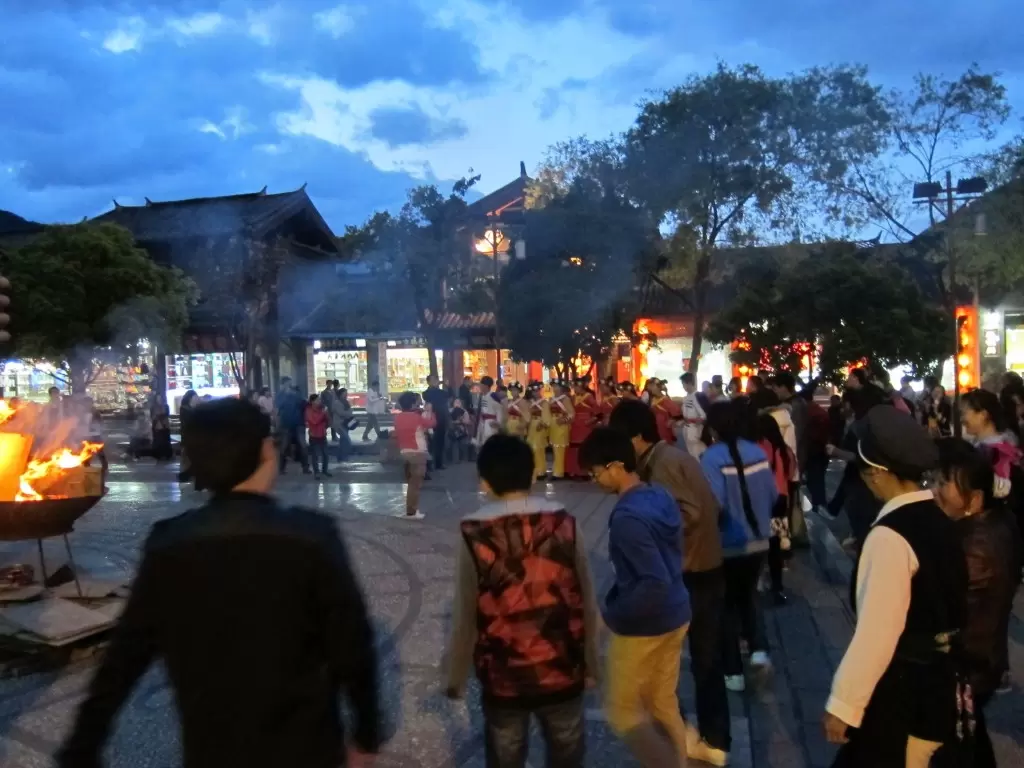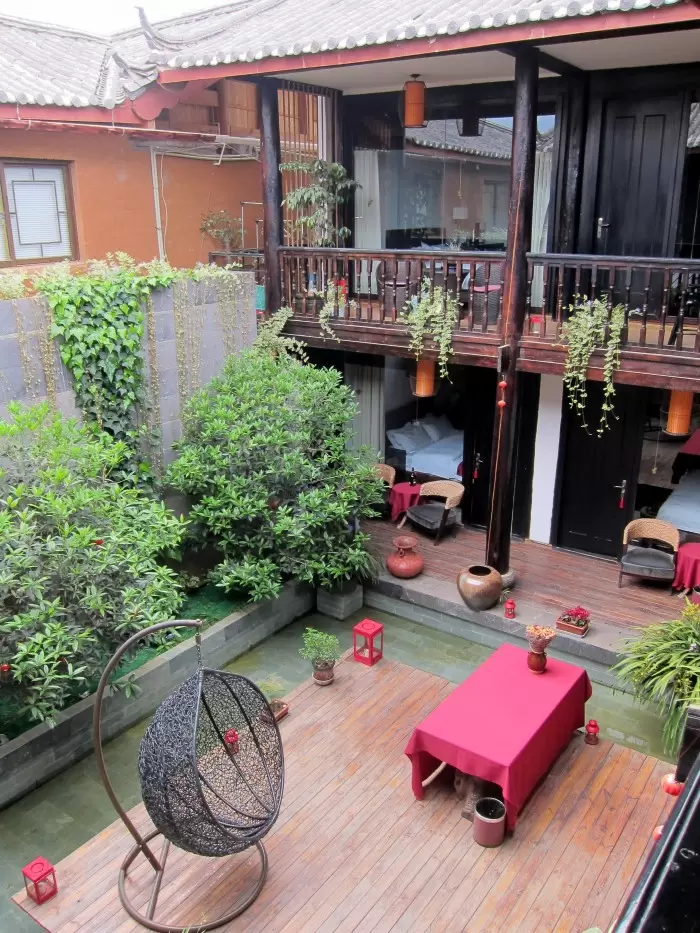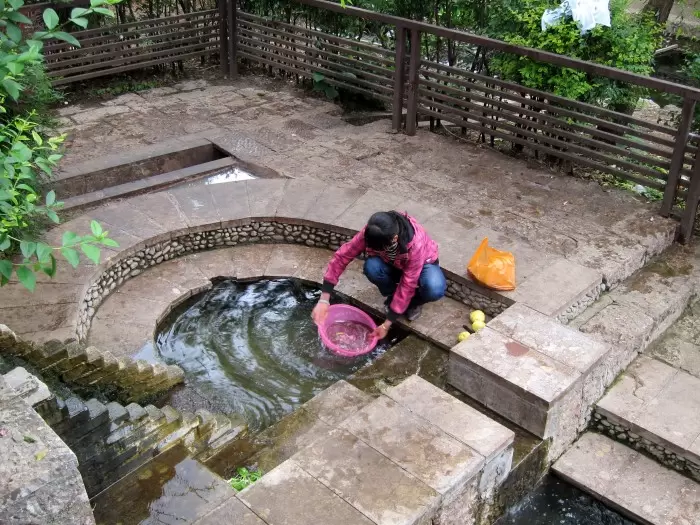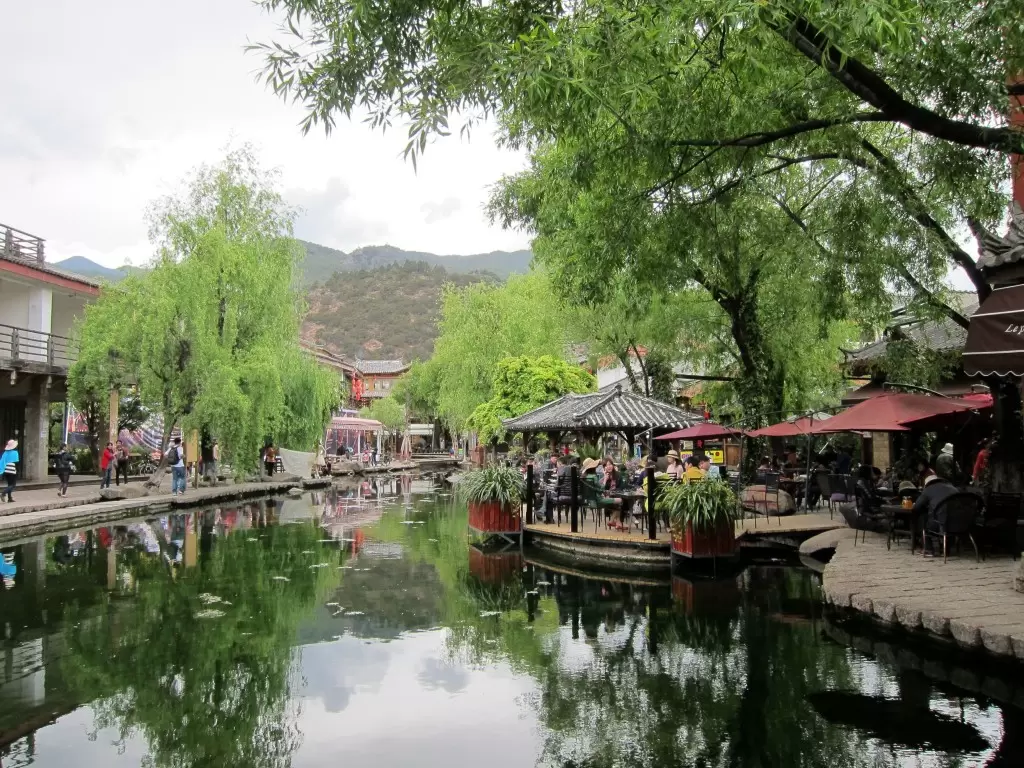The Silk Road is one of the most important trade routes in history. This road, which stretches between Asia and Europe, has been a point where cultures, languages, and trade have merged for centuries. Shuhe, located in the Yunnan province in southwestern China, is an ancient town on this road. Shuhe is a place that carries the mysterious reflections of the Silk Road. The ancient structures, traditional Chinese architecture, and Naxi culture found here offer visitors a journey into the depths of history. Shuhe is also famous for its natural beauty. The Lashi Lake located here has a dazzling view that mesmerizes visitors. Shuhe will be an unmissable stop for those who want to follow the traces of the Silk Road.
Shuhe: The Forgotten Pearl of the Silk Road

Shuhe is an ancient city located in southwest China. As an important stop on the Silk Road, this city has been the center of trade for centuries. However, Shuhe, which has been forgotten over time, has recently begun to attract the attention of tourists.
Shuhe is a city with a history of 1300 years. Located on the southwest route of the Silk Road, this city has hosted many civilizations throughout its history. The structures in the city reflect the traditional architecture of the Naxi people. Stone walls, wooden roofs, and colorful decorations adorn the buildings, giving Shuhe a unique atmosphere.
Shuhe also hosts many cultural events. The Torch Festival, held annually, is one of the most important festivals of the Naxi people. Fires are lit and dances are performed during this festival. In addition, there are many handicraft workshops in Shuhe where traditional Naxi handicrafts can be learned and purchased.
Shuhe has recently begun to attract the attention of tourists. Tourist facilities, accommodation options, and restaurants in the city provide comfortable stays for tourists. Additionally, the natural beauty of Shuhe also attracts tourists. The lakes, rivers, and mountains in the city provide an ideal environment for those who want to go on nature walks.
In conclusion, Shuhe is one of the forgotten pearls of the Silk Road. With its historical and cultural riches, natural beauty, and tourist facilities, it is an ideal destination for tourists. By visiting Shuhe, you can discover Naxi culture and China's ancient history.
The Secrets of the Silk Road: Shuhe's Mysterious Reflections

The Silk Road is one of the most important trade routes in history. For thousands of years, it has been used as the main route for trade between Asia and Europe. Along this road, the interaction of different cultures has led to the spread of not only trade but also knowledge and ideas. The Silk Road has many mysteries and secrets, and one of them is the mysterious reflections of Shuhe.
Shuhe is a town in southwestern China and is located on the southern route of the Silk Road. This town was one of the most important stops on the Silk Road and was also a center for cultural interactions in addition to trade. Shuhe is also one of the best examples of traditional Chinese architecture and is listed as a UNESCO World Heritage Site.
The mysterious reflections of Shuhe are part of the town's historical and cultural heritage. These reflections can be seen in the town's streets, buildings, and traditional crafts. In particular, Shuhe's traditional wooden structures reflect the architectural style of ancient China, and these structures are a result of the trade and cultural interactions of the Silk Road.
The mysterious reflections of Shuhe are also reflected in the town's traditional crafts. In particular, Shuhe's traditional weaving art is a result of the Silk Road trade and is an important part of the town's cultural heritage.
In conclusion, the mysterious reflections of Shuhe on the Silk Road are part of the historical and cultural heritage of this ancient trade route. These reflections are a result of the trade and cultural interactions of the Silk Road, which played an important role in world history. The mysterious reflections of Shuhe reflect the architectural style and traditional crafts of ancient China, and these reflections are important for preserving the historical and cultural heritage of the Silk Road.
Shuhe: Historical and Cultural Heritage of the Silk Road

The Silk Road is a network used as a trade and cultural interaction route between Asia and Europe. Shuhe, an ancient town located in Yunnan province in southwestern China, is located on this road. Shuhe was an important stop on the Silk Road and still attracts tourists today with its historical and cultural heritage.
Shuhe was founded during the Tang Dynasty in the 7th century. The town, located on the southern route of the Silk Road, was an important stop on the trade route. Here, silk, spices, tea, porcelain, and other goods were traded. In addition, the town was influenced by different religions such as Buddhism and Taoism.
During the Ming Dynasty, Shuhe became an important cultural center. The town was also used as a military base because it was located on the southern border of the Ming Dynasty. During this time, the town developed architecturally and many ancient structures that still stand today were built.
Shuhe is a place that attracts tourists today. The town is famous for its ancient structures from the Ming Dynasty, traditional Naxi architecture, beautiful natural scenery, and local culture. Shuhe was included in the UNESCO World Heritage List in 1997.
Shuhe is an important part of the historical and cultural heritage of the Silk Road. The town was an important stop on the Silk Road as a trade and cultural interaction route. Today, Shuhe's historical and cultural heritage attracts tourists and the town is preserved as part of China's rich cultural heritage.
Unexplored Treasures of the Silk Road: Secrets of Shuhe

The Silk Road is one of the most important trade routes in history. For thousands of years, this road stretching from China to the Mediterranean has enabled the interaction and trade of different cultures. Many cities and towns were established along the Silk Road, and traces of different cultures can be seen in these settlements. One of these is the town of Shuhe in southwestern China.
Shuhe is a town located in Yunnan province. It is located on the southern route of the Silk Road and is a historic trading center. The town became an important trading center during the Ming Dynasty (1368-1644). Shuhe was a transit point for silk, tea, spices, and other commercial goods. Additionally, the town was an important center of Tibetan Buddhism and hosted many Buddhist temples.
One of the most important features of Shuhe is its historic structures dating back to the Ming Dynasty. The town is home to many structures built during the Ming Dynasty, including the Shuhe Ancient City, Shuhe Ancient Bridge, and Shuhe Ancient Tower.
Another important feature of Shuhe is its hosting of traditional Naxi culture. Naxi culture belongs to an ethnic group living in southwestern China. Naxi culture has a rich cultural heritage in many different areas such as traditional music, dance, handicrafts, and architecture. Shuhe is one of the most important centers of Naxi culture and has many Naxi handicraft shops.
In conclusion, the town of Shuhe is one of the undiscovered treasures of the Silk Road. The town has a rich cultural heritage with its historic structures, Naxi culture, and trading history. Shuhe is among the tourist destinations in southwestern China and is a place worth exploring for visitors.
Shuhe: One of the Legendary Cities of the Silk Road

Shuhe is an ancient city located in the Yunnan province in southwestern China. As one of the important stops on the Silk Road, Shuhe has been the center of trade and culture for over 2000 years.
Shuhe is located in an area where the Naxi people live. The city was built during the Ming Dynasty in the 15th century and helped to develop as a powerful trading center. The city is located on the southern route of the Silk Road and is an important gateway for trade with countries such as Tibet, Myanmar, and India.
Shuhe is famous for its ancient architecture and traditional Naxi culture. The buildings in the city carry the characteristics of traditional Chinese architecture and reflect the influences of Naxi culture. Shuhe is listed on the UNESCO World Heritage List and is a popular tourist destination.
Shuhe is also a place where the traditional way of life of the Naxi people is preserved. The people in the city wear traditional clothing and produce traditional handicrafts. Shuhe is also the center of traditional arts such as Naxi music and dance.
Shuhe is one of the legendary cities of the Silk Road and is important from a historical, cultural, and tourist perspective. The city is part of China's rich cultural heritage and offers visitors an unforgettable experience.

Comments